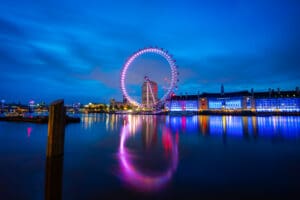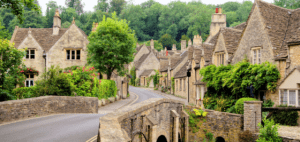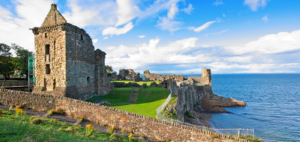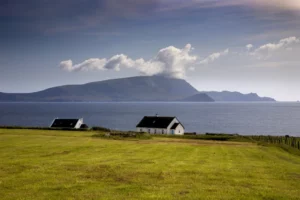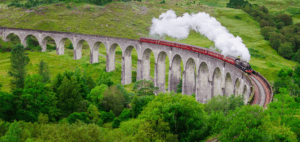Armagh County Museum – County Armagh Northern Ireland

Updated On: April 15, 2024 by Ciaran Connolly
Armagh County Museum is the oldest County Museum in Ireland. It opened officially in 1937 in Armagh, County Armagh, Northern Ireland. The museum exhibits splendid collections that hold stories about the people of this historic county, including their work, connections and lives over the centuries. They tell the most intriguing stories from different aspects of their lives. – from fabulous wedding dresses, rural crafts and Victorian jewellery to military uniforms and weapons, taxidermy wildlife, Victorian toys, and household appliances.
Each carries a different human story and depicts a broader story of a particular time throughout the centuries. The collections vary between local history and take you from prehistory to modern history. As well as natural history, fine art, archaeology, domestic life and transport.
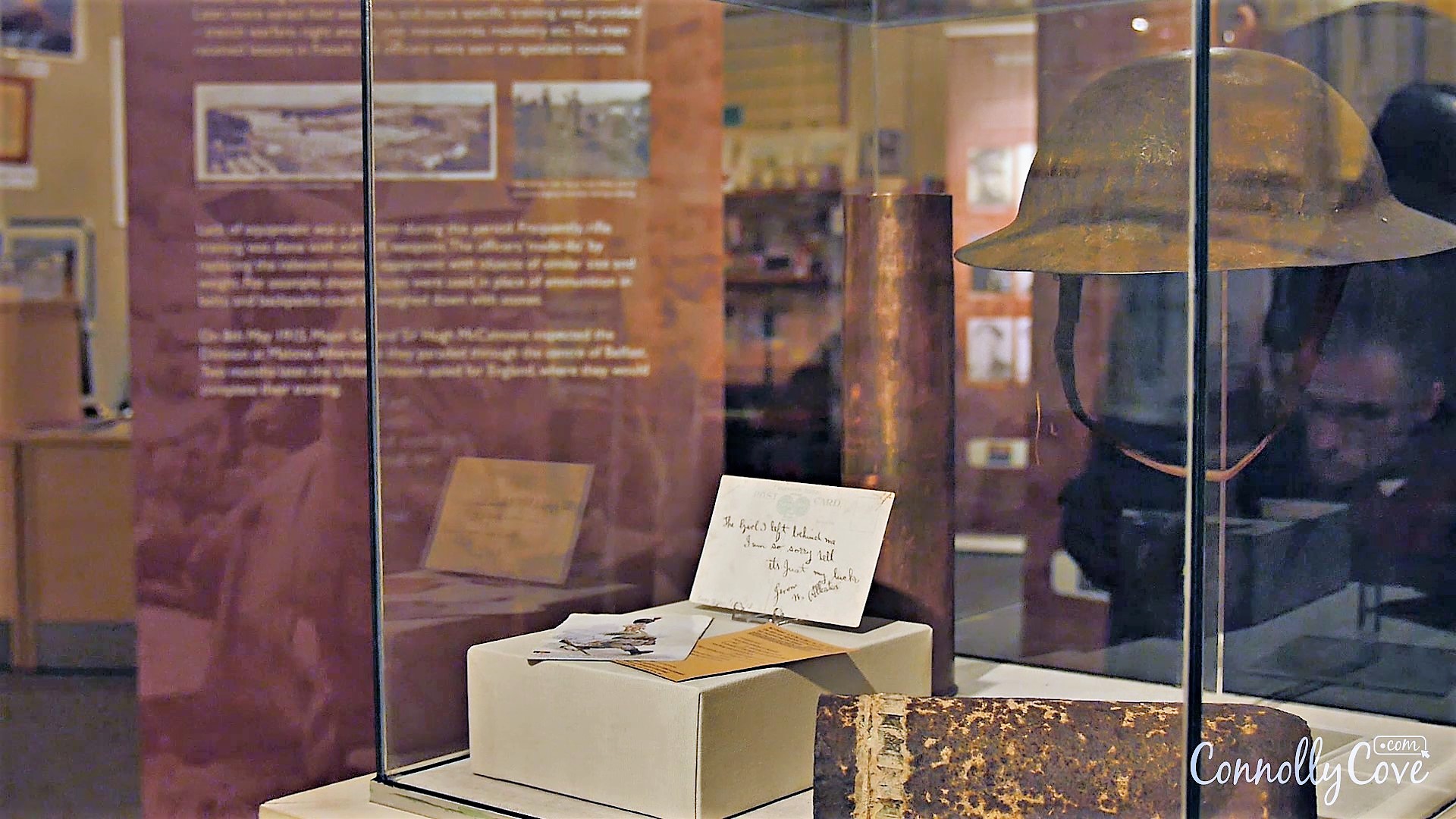
Norma Foster, Front Office Manager at the Armagh City Hotel, was particularly interested in some household items at the museum. She commented on her visit to the museum:
“I spied a clothes mangle wringer the same as the one my mum used on the washing many a year ago, and also a tin bath brought back fond memories of my siblings and me having our Saturday night bath in front of the open fire when we were at grannies.”““I spied a clothes mangle wringer the same as the one my mum used on the washing many a year ago, and also a tin bath brought back fond memories of my siblings and I having our Saturday night bath in front of the open fire when we were at grannies.”
Not only does the Armagh County Museum display its collections, but it also holds many temporary exhibitions. Some of these exhibitions display objects borrowed from the collections and materials of further institutions. Moreover, the museum’s exhibitions include various shows, including the stirring music of the pipes and the best of contemporary works by local artists.
Location
Armagh County Museum is located in Armagh, County Armagh, Northern Ireland, on the edge of the tree-lined Mall at the centre of Armagh city. Check out this map location:
History of the Museum
The museum was probably founded as Charlemont Place National School by architect William Murray, Francis Johnston’s student. However, the school was not a success. Accordingly, in 1856, the trustees transferred the school lease to Armagh Natural History and Philosophical Society. In 1856, members of the Philosophical Society moved from their premises on Abbey Street to the previous school premises and used them as their reading room, library, lecture hall and museum. Then, they continued to expand the museum, displaying a collection of objects collected locally and from further afield. To this day, the society still retains a reading room in the front of the museum and holds regular events.
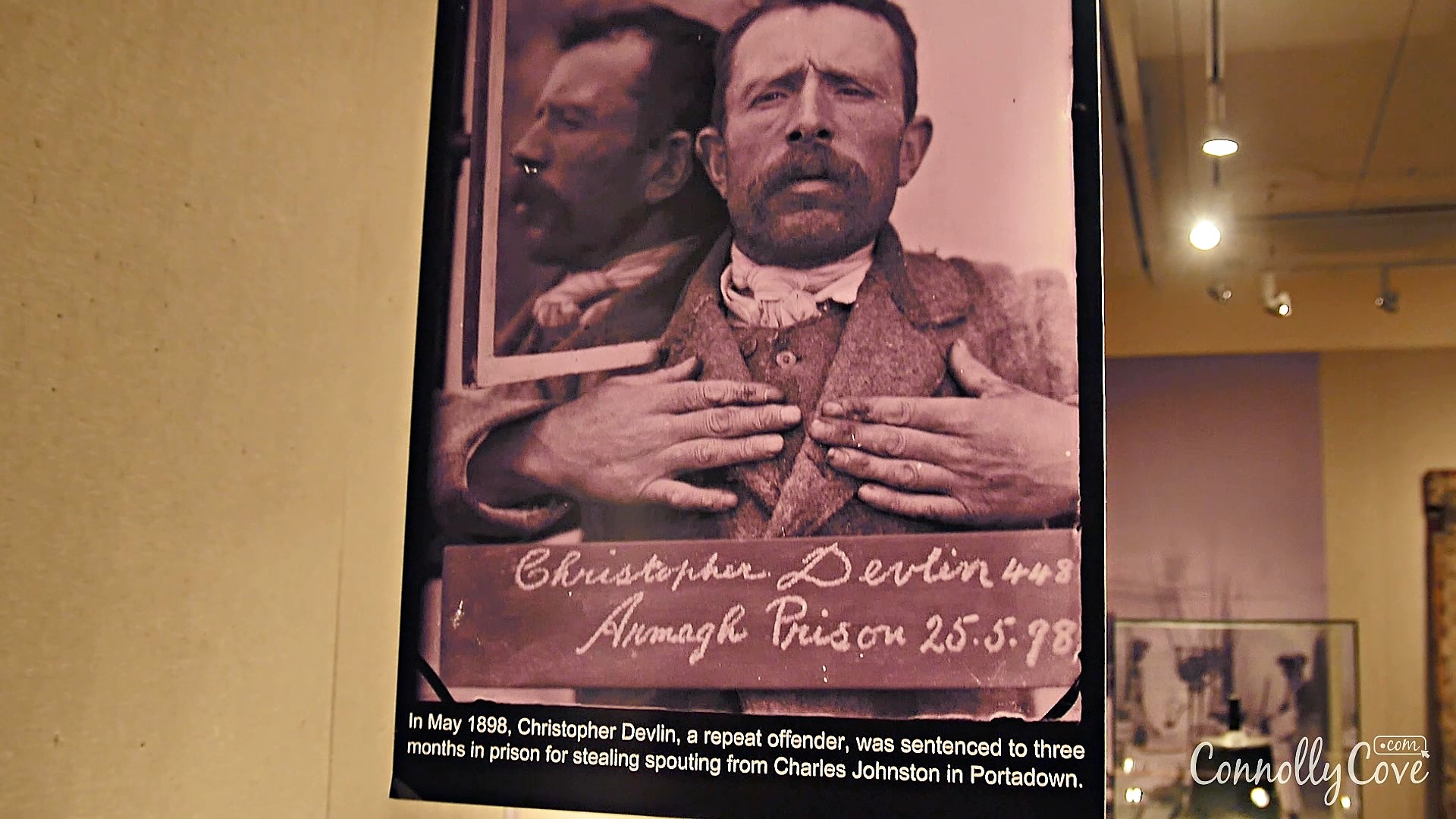
The beginnings of the establishment of the museum, which belongs to the Armagh Natural History and Philosophical Society, were referred to in the Armagh Guardian, a local newspaper, on 24 March 1846, in the following extract:
““We hope that this is but the beginning of something beneficial and instructive to the different classes of society, and we do not know why Armagh should not even surpass many other towns in the north of Ireland in supporting a Museum .. useful to the city and neighbourhood.”““We hope that this is but the beginning of something beneficial and instructive to the different classes of society, and we do not know why Armagh should not even surpass many other towns in the north of Ireland in supporting a Museum .. useful to the city and neighbourhood.”
Museums Collections
The society’s collection was the starting point of the Armagh County Museum’s collection. The Society and Museum expanded in the latter half of the nineteenth century. By 1888, it could boast 275 members paying an annual subscription of five shillings each. Edward Gardner, the architect the society employed, was asked to divide the one-room interior into two rooms with a big balcony covering the museum from above. The interior design of the museum was described that year, 1888, as follows:
““To economise space, the reading room, by the withdrawal of a partition formed of shutters, becomes the stage of the theatre, and the theatre and museum are one. A good collection of specimens has been secured to illustrate lectures on natural history. The library is well stocked with books in the following departments: – Antiquities, Astronomy, Arts, Biography, Chemistry, Economics, Geography, Geology, and Mineralogy, History, Mechanics, Metaphysics, Microscopy, Natural History, Natural Philosophy, Poetry, and general literature…”””To economise space, the reading room, by the withdrawal of a partition of shutters, becomes the theatre stage, and the theatre and museum are one. A good collection of specimens has been secured to illustrate lectures on natural history. The library is well stocked with books in the following departments: – Antiquities, Astronomy, Arts, Biography, Chemistry, Economics, Geography, Geology, and Mineralogy, History, Mechanics, Metaphysics, Microscopy, Natural History, Natural Philosophy, Poetry, and general literature…”
Three years later, in 1891, art rooms were built just behind the museum, and for some years, an Art School flourished under the auspices of the Science & Art department of South Kensington Museum.
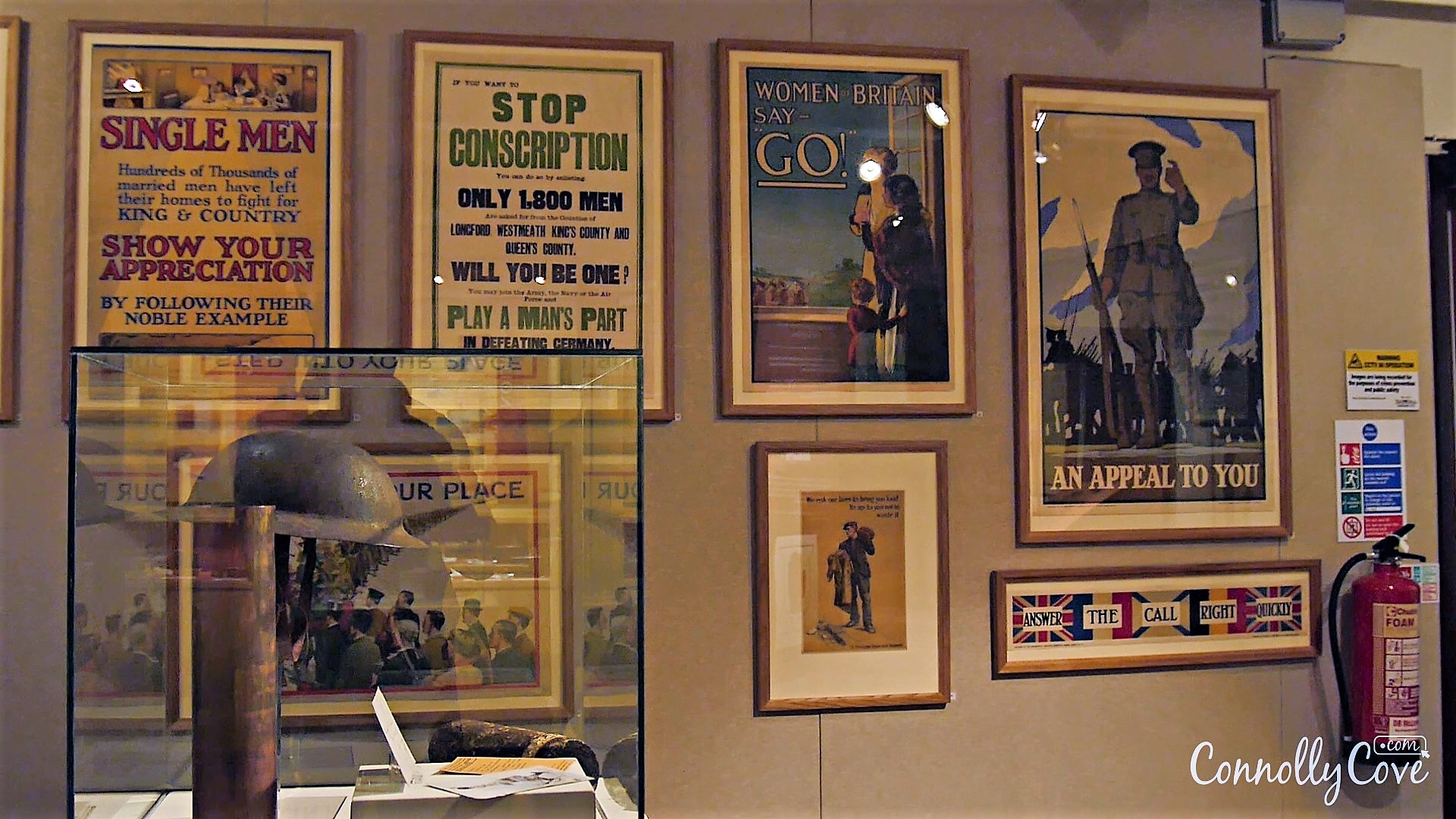
The revival of the museum
In 1930, Armagh County Council took over the premises, aiming mainly to use it as a repository for the County Library. However, the Council secretary, T.E. Reid, looked ahead into the future and saw a better chance of reviving the museum once established by the Armagh Natural History and Philosophical Society. Accordingly, in 1933, the Council authorised J.A. Sidney Stendall, Assistant Curator at Belfast Municipal Museum and Art Gallery at the time, to prepare a report on the current state of the museum and a feasibility study of the possible developments. By 1934, they had paid £1,300 on the reconstruction of the buildings to make them suitable for a central Book Repository and Museum.
The Council also recommended that the Honorary Curator, 46-year-old local historian George Paterson aka T.G.F. Paterson, who was in charge of the museum, would be granted £50 per annum through his writings. By the end of 1934, Paterson was appointed full-time curator for three years, starting from January 1935. Paterson was the ideal candidate for this position for his wide-ranging interests. He started energetically and quickly began adding to the Museum collection. He also appointed the artist John Luke, who fled to County Armagh during WWII, to paint a local scene for the museum’s developing art collection.
His artwork, The Old Callan Bridge, painted in 1945, has become one of the museum’s valuable treasures and is considered one of Luke’s finest works. The alterations made in the building were completed by 1937. On 28 April 1937, Viscount Charlemont, Minister of Education for Northern Ireland, performed the opening ceremony. The Carnegie U.K. Trust also played a role in refurbishing the museum by funding the institution in 1938.
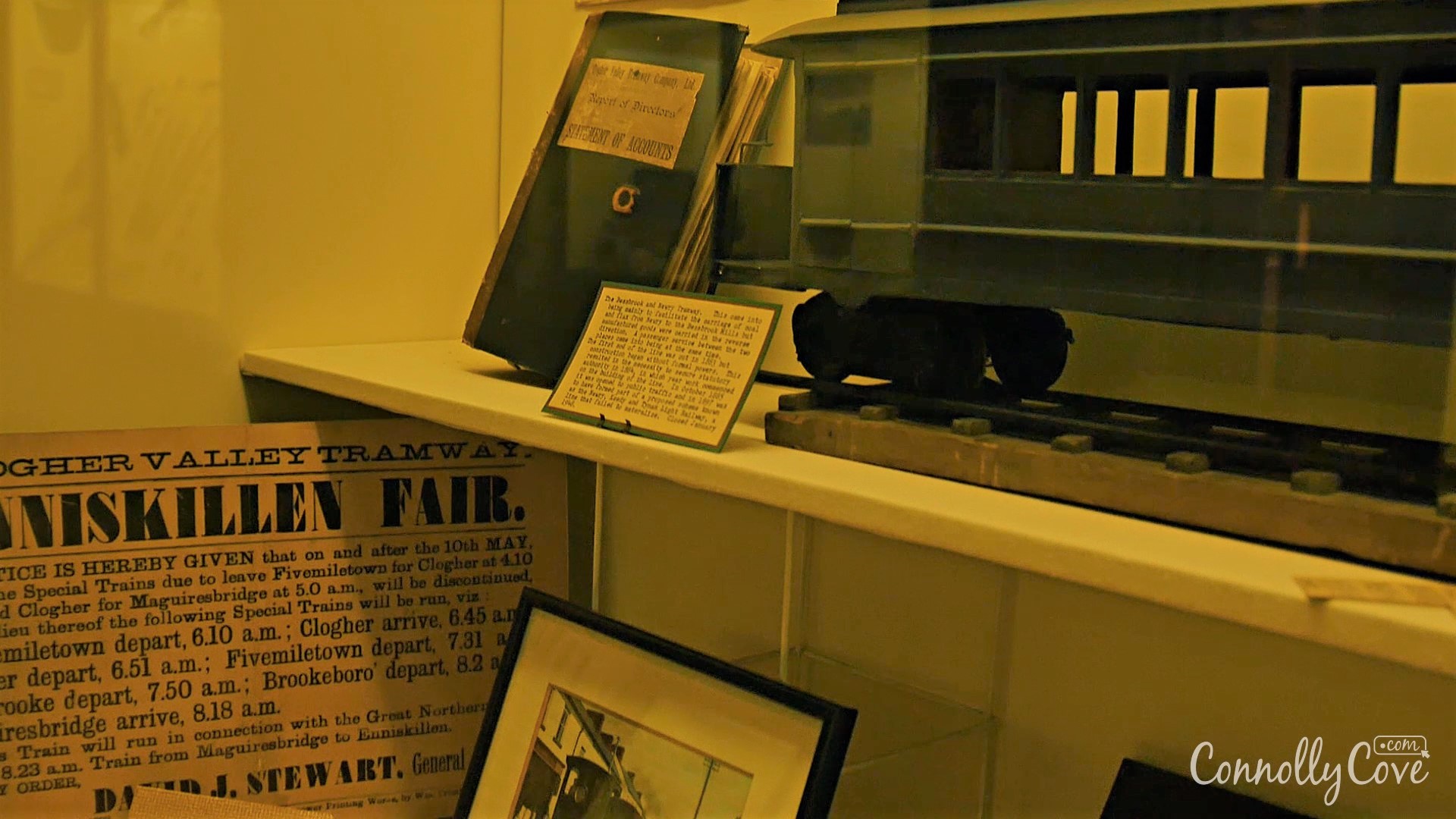
Armagh Museum Refurbishment
In 1955, Roger Weatherup was appointed as Paterson’s Deputy Curator. In 1959, they both worked for months on emptying the display cases by packing the collections to prepare the museum for significant refurbishment. And for the sake of this mission, they had to relocate near the Armagh County Museum. So, a completely dedicated man, Paterson was allocated a cosy cell as his office in Armagh jail, where he continued his writings and research. After the refurbishment was complete, he moved to his new home as the Council saw the unnecessity of a live-in curator.
All of the old buildings behind the neoclassical façade were demolished during the refurbishment, including the 1890s Art School. Accordingly, an extension was built to host the museum’s collections and accommodate the library repository temporarily until the new Museum establishment is done. The museum’s official opening was in September 1962, and in 1963, D.R.M. (Roger) Weatherup took over as Curator of the Museum.
More on the History of Armagh County Museum
In the early 1970s, the Armagh County Museum was left with no funding institution due to the re-organisation of Northern Ireland’s local government and the abolition of the Armagh County Council. So, in 1973, the museum was meant to be transferred to the Ulster Museum, located in the Botanic Gardens in Belfast, under a concluded agreement.
This brought a positive return for the museum since it brought many advantages, not least the ability to rely on the resources and skills of the larger institution, the Ulster Museum. A chance to expand the museum was seized in the 1980s when the museum took over the premises of a library headquarters, which was meant to be relocated to Woodford on the outskirts of Armagh City. The new premises were spatial enough to incorporate much-needed storage and offices.
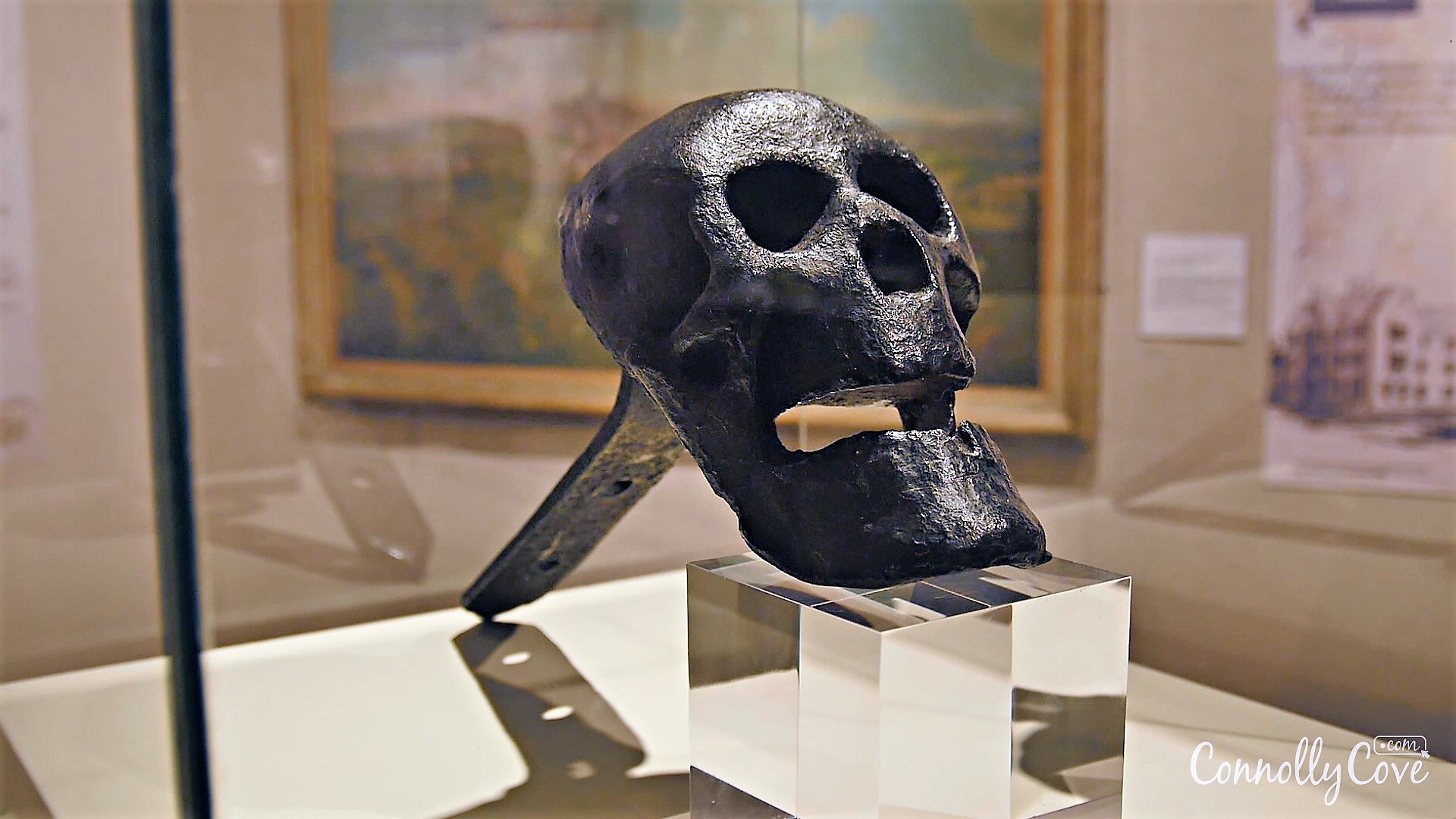
Today
Today, Armagh County Museum has become part of National Museums Northern Ireland (NMNI) as one of its four components. The museum is now funded by the Department of Culture, Arts and Leisure (DCAL). In 2015, the museum was transferred to the newly formed Armagh City, Banbridge district and Craigavon Borough Council as part of Northern Ireland’s Review of Public Administration.
Activities & Events
The workshops conducted in the museum allow the students to explore the cultural heritage. Change over time and the relationship between individuals and places as well as their identity, place in society and the world. Workshops also tackle language, literacy, and the Arts and Personal Development & Mutual Understanding (PDMU). Not only are these workshops dedicated to educating the pupils on various topics, but they are also a lot of fun. Each workshop ranges from 90-120 minutes.
Currently, the museum offers three workshops designed for the development of skills like Communication, Working with Others, Creativity, Fostering Curiosity and Thinking skills:
- Playing through time
- Homes from the Past
- World War II
Family Events
Armagh County Museum also organises free family events suitable for primary school-aged children and their families, such as Easter (2016), Hallowe’en (2016) and Christmas (2016). All events run from 12 pm–4 pm and offer a range of craft activities, trails and talks/storytelling.
Collections Development Over Time
Paterson’s passion for incorporating a variety of items from local artists was evident in his fascination with the polymath. George William Russell, an Irish nationalist from Lurgan, wrote the pseudonym Æ. He was an Irish writer, poet, critic, artistic painter and more. He managed to get his paintings and personal articles donated to the museum by his contemporaries.
Now, the museum has 26 paintings, hundreds of letters, and personal stuff, such as his glasses, painting palette, passport and birthday book. Other items were also gathered regarding different fields and subjects, including uniforms and accoutrements from the Volunteers period of the 1780s. The rural communities of South Armagh used Harvest knots and rush-light candleholders. The significant expansion of the museum was what convinced the Armagh County Council to fund an expansion program by the late 1950s.
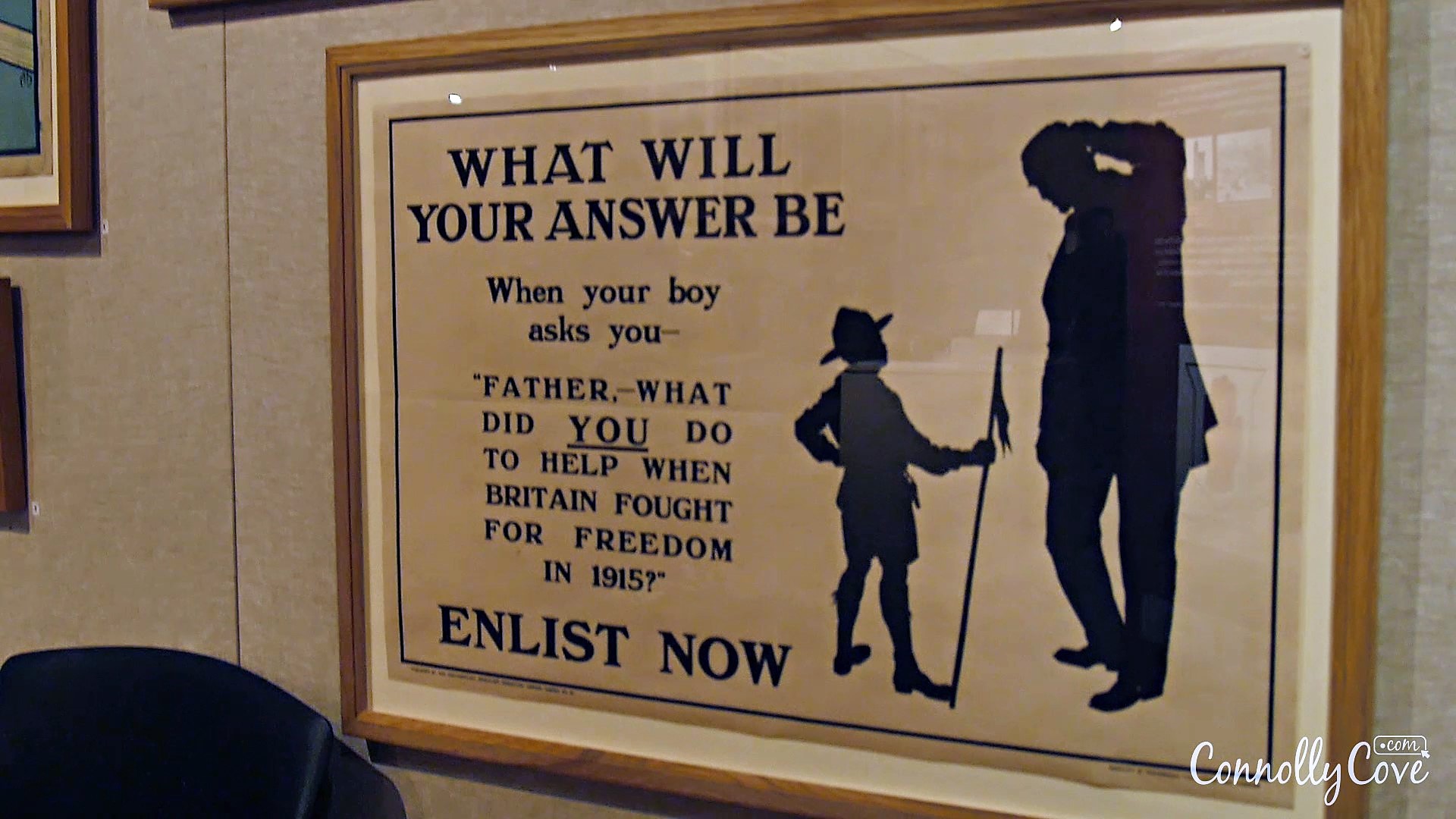
Museum Collections
Armagh County Museum offers various collections regarding prehistory, modern history art, natural history, domestic life and transport. These collections carry a rich legacy from a bygone age represented in artefacts related to archaeology, costume, traditions, industry, art, etc.
Prehistory
You will find many prehistory artefacts relating to the city and county development. Most of these artefacts are weaponry and tools used in daily life during the Iron Age, Stone Age and Bronze Age.
‘The Prehistory Collection includes bog butter evidence of the practice of burying the butter throughout Ireland dating back to a period between 400 BCE and the 13th century C.E., a polished stone axe from the Neolithic period (c. 4500–2500 BCE), Viking bracelets, the heading’‘Armachiana’ and prehistoric pots.‘The Prehistory Collection includes bog butter evidence of the practice of burying the butter throughout Ireland dating back to a period between 400 BCE and the 13th century C.E., a polished stone axe from the Neolithic period (c. 4500–2500 BCE), Viking bracelets, the heading ‘Armachiana’ and prehistoric pots.
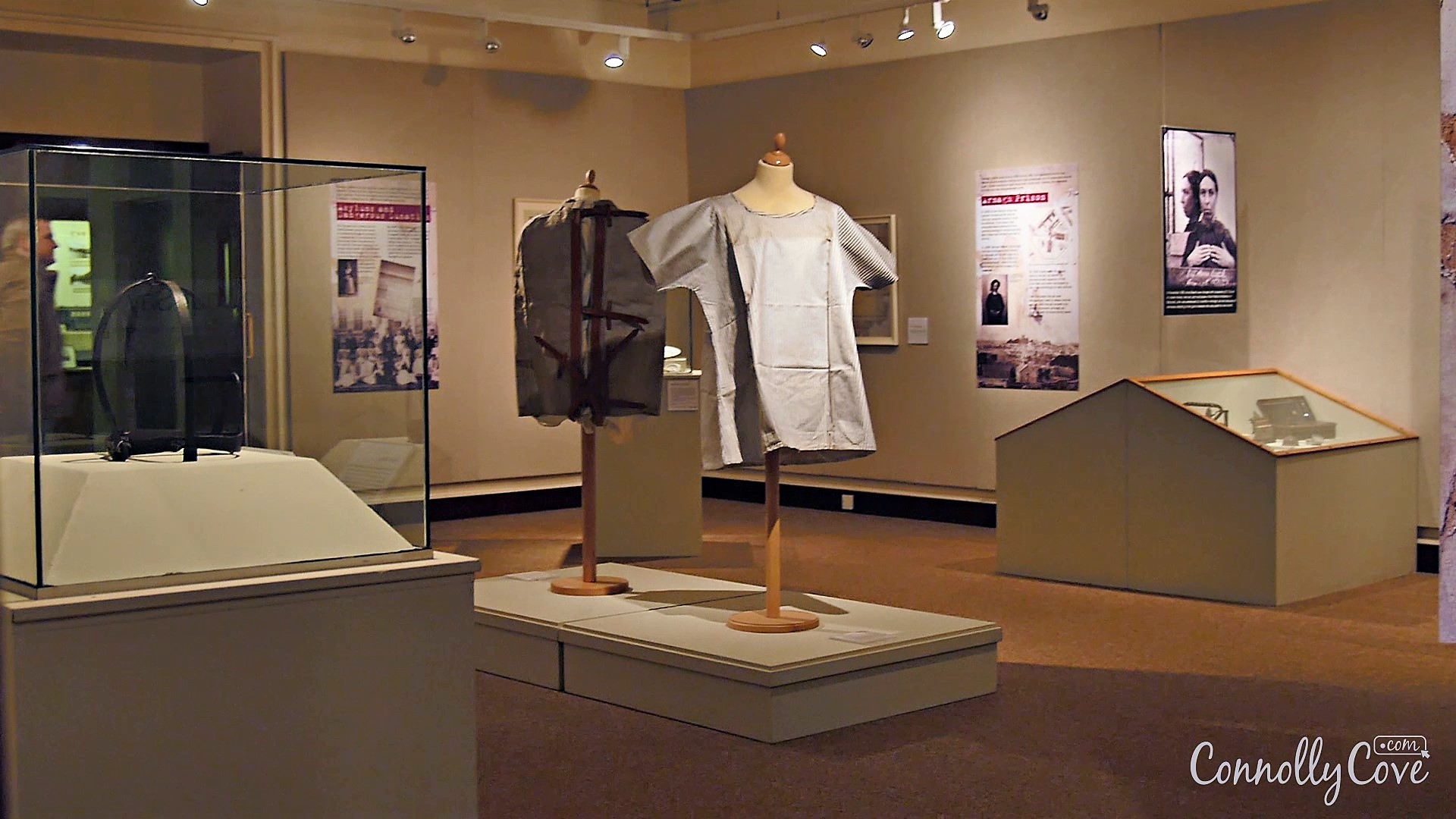
Modern History
The modern history collection reflects the lives of people who have lived and worked in Armagh. Or have been associated with the county. Some of the artefacts displayed are Scold’s Bridle, an hourglass, a lunatic asylum bowl, penal crosses and a spherical brass shell.
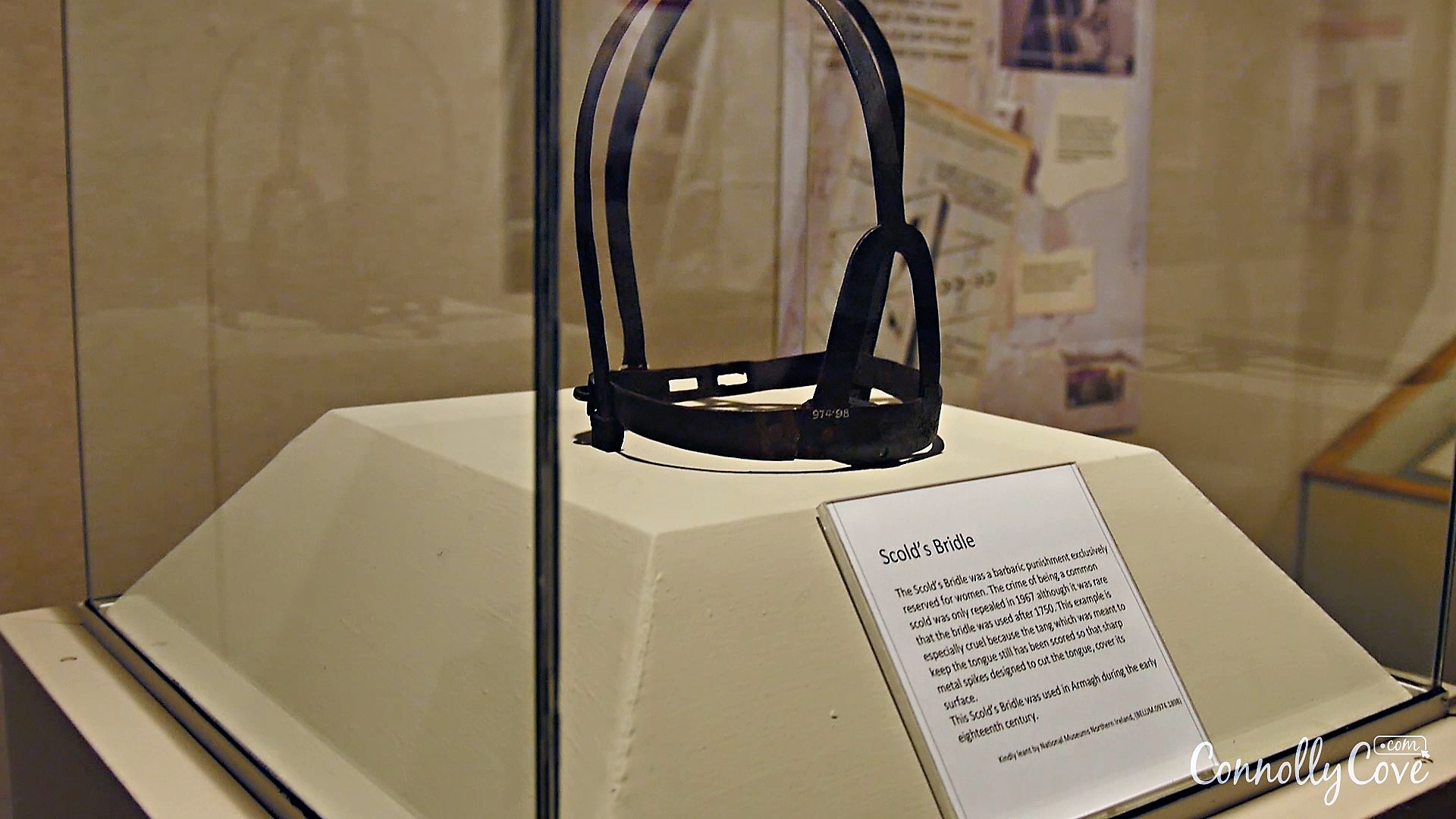
Art
The art collection can be divided into three categories: paintings by local artists, paintings of local people, and works representing buildings and topography of County Armagh. The paintings also include those by Northern Irish artists, such as Charles Lamb, T.P. Flanagan, Maurice MacGonigal, Beatrice Glenavy, James Humbert Craig, John Luke, Cecil Maguire, William Conor, James Sinton Sleator, and Maurice Wilks. The artefacts include a memorial plaque entitled The Grievous Return, satin waistcoat, Victorian dresses, paintings like The City of Armagh 1810, and others.
Archaeology
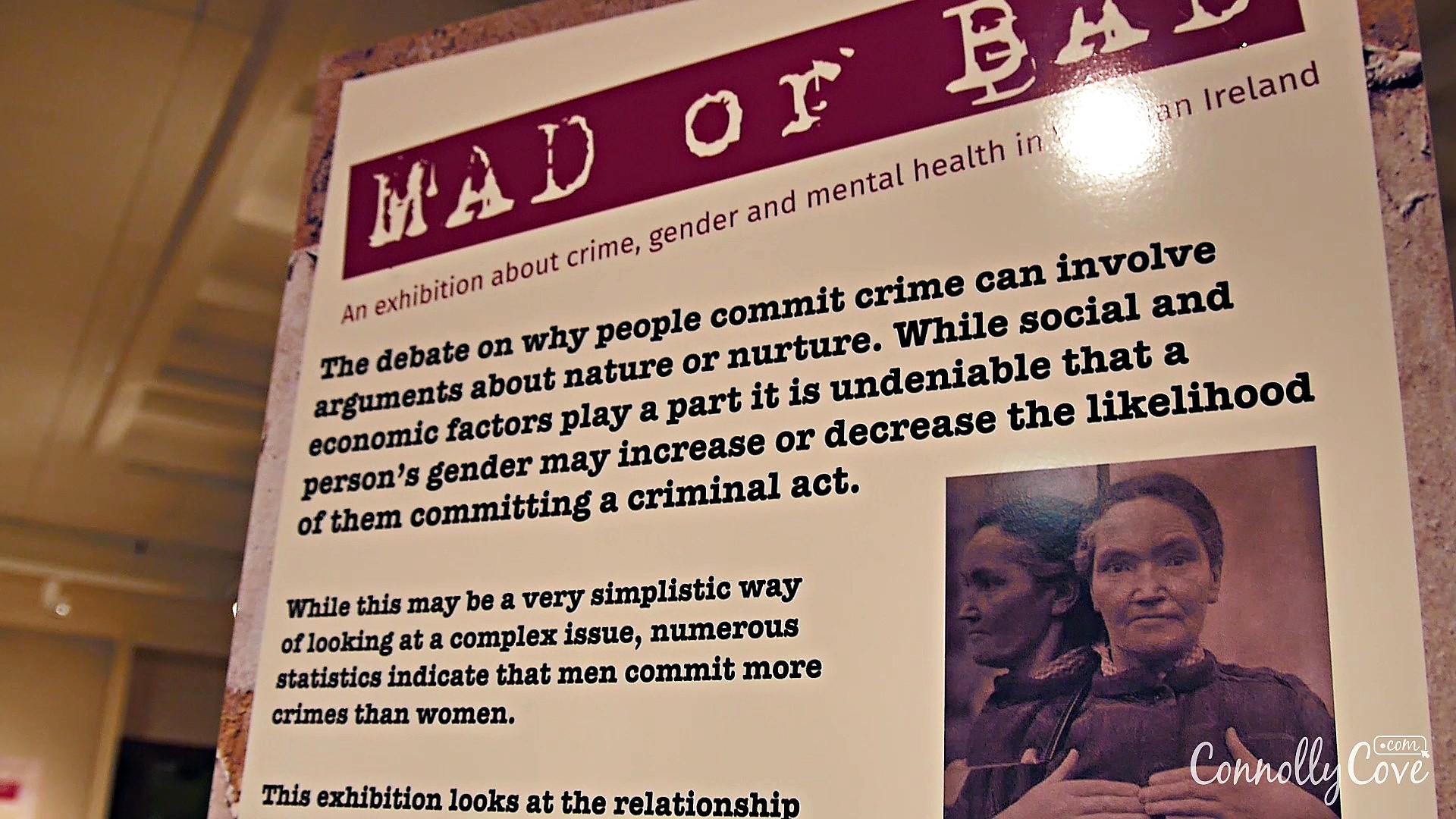
The museum holds excavation material from excavations at the megalithic sites, such as Clontygora and Annaghmare, in South Armagh in the 1930s and 1940s.
Natural History
The natural history collection displayed on the museum’s first floor is one of the most popular display areas, especially with younger visitors. It’s divided into sections: mammals, water birds, birds of prey, garden birds and geology.
Domestic Life
The collection includes wooden objects, as wood was the primary material used until relatively recent times. The range of wooden objects displayed in the museum indicates the importance of timber before other raw materials became more widely available. This collection pictures butter stamps, weaver’s rubber, etc.
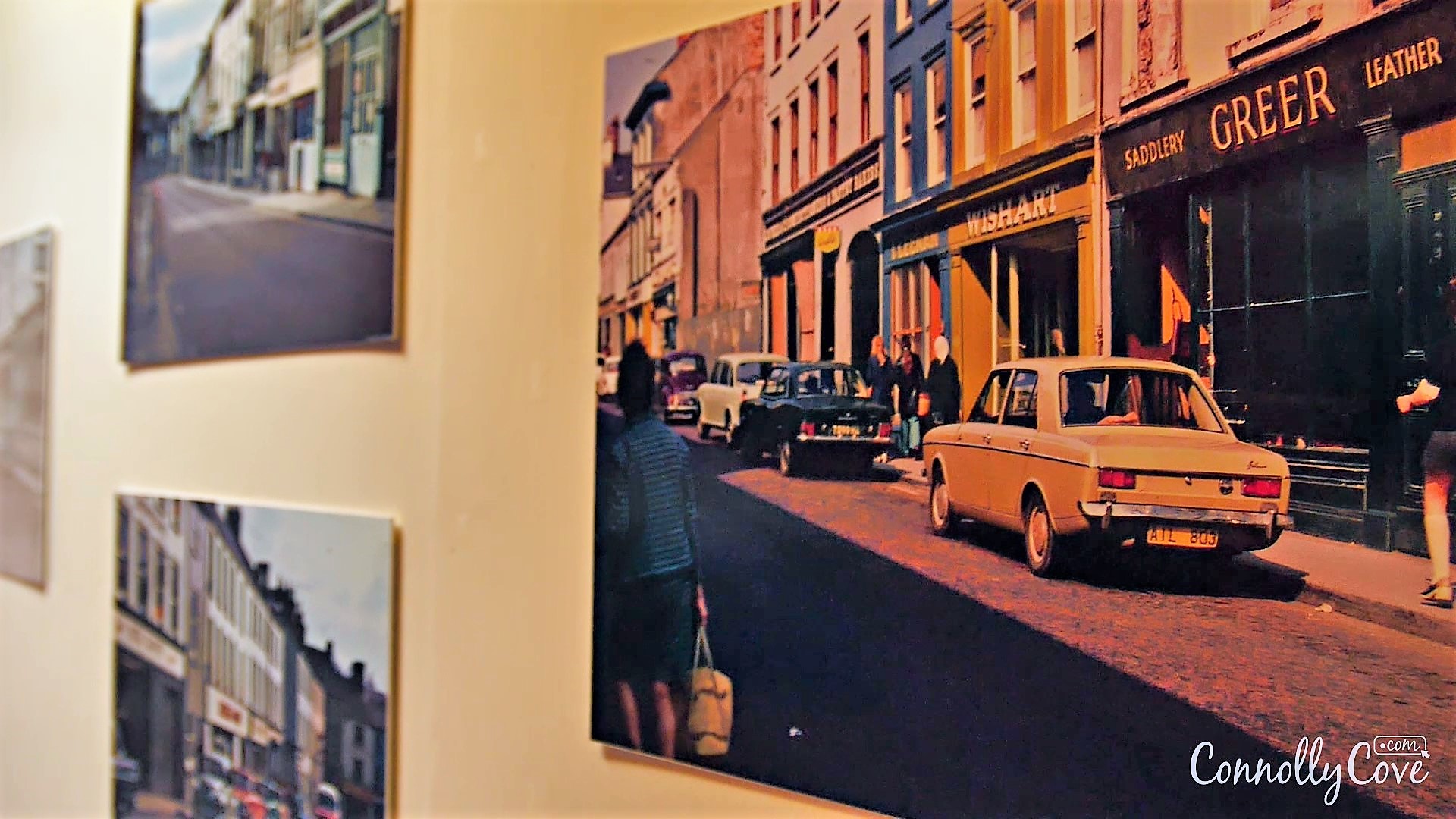
Transport
‘The transport collection is a rich section. Most of the material displayed are handbills, posters and railway memorabilia collected by D.R.M. Weatherup during the 1960s when the local rail infrastructure was declining. There are also guards’’ hats, tickets, timetables, and nameplates of study engines like’‘Slieve Gullion’.‘The transport collection is a rich section. Most of the material displayed are handbills, posters and railway memorabilia collected by D.R.M. Weatherup during the 1960s when the local rail infrastructure was declining. There are also guards’ hats, tickets, timetables and nameplates of study engines like ‘Slieve Gullion’.
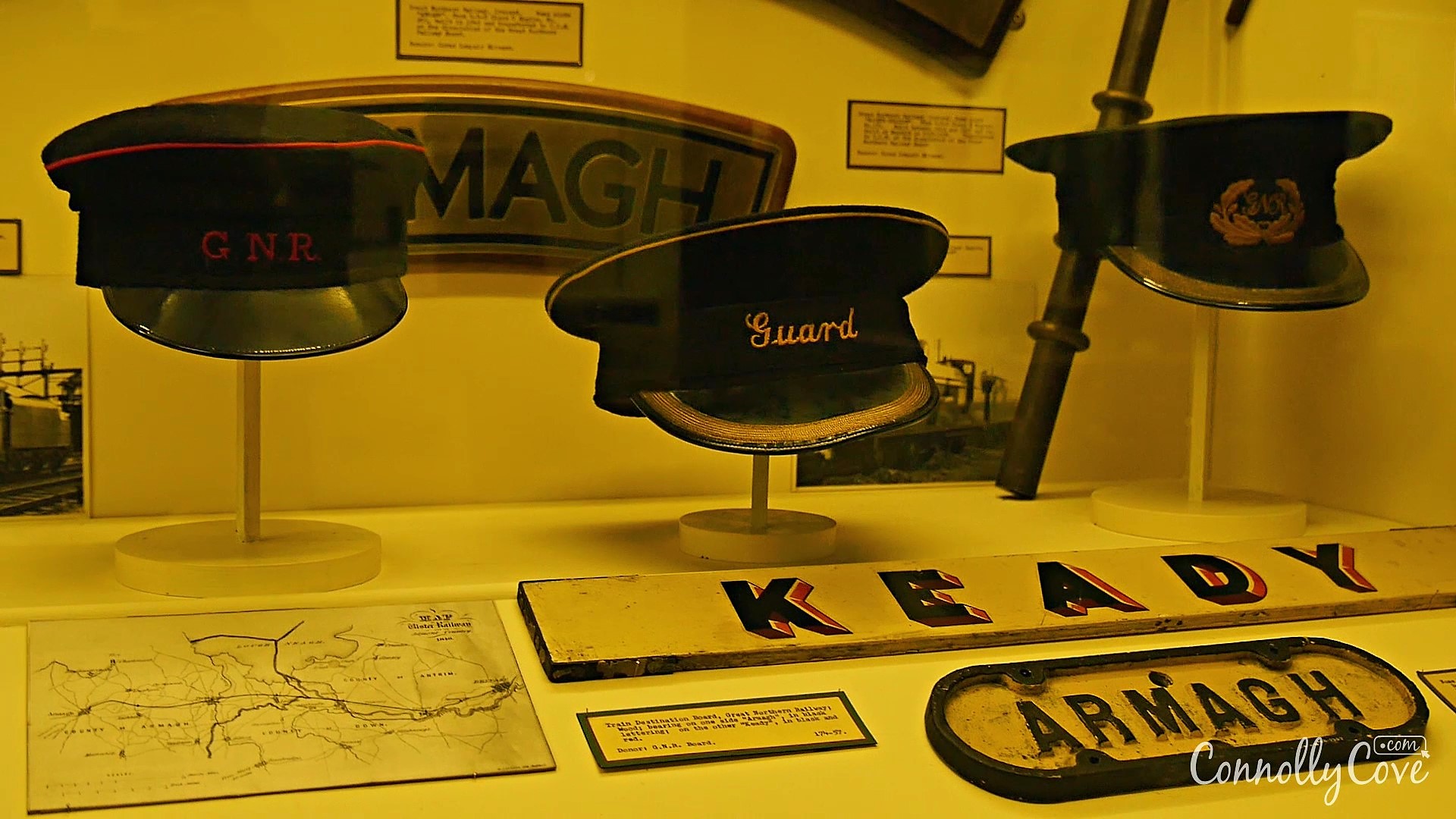
Facilities
- Free (parking charges may apply)
- Baby Changing facilities
- Credit/Debit Cards Accepted
- Euro Accepted
- Guided Tours Available
- Toilets
- Gift Shop
Opening Times
- Monday to Friday: 10.00 – 17.00
- Saturday: 10.00 – 13.00 | 14.00 – 17.00
For more information on Armagh County Museum, go to the museum’s website: https://www.armagh.co.uk/armaghcountymuseum/
Facebook page: https://www.facebook.com/pages/Armagh-County-Museum/780806655297849?ref_type=bookmark
Have you ever visited the Armagh County Museum? We would love to hear about your experiences in the comments below!
Also, don’t forget to check out some of our other blogs, such as Cavan County Museum | Down County Museum | Dublinia Viking Museum | Exploring Carrickfergus Museum | Titanic Museum | Irish Linen Centre | Enniskillen Castle Museum | Ulster Museum


